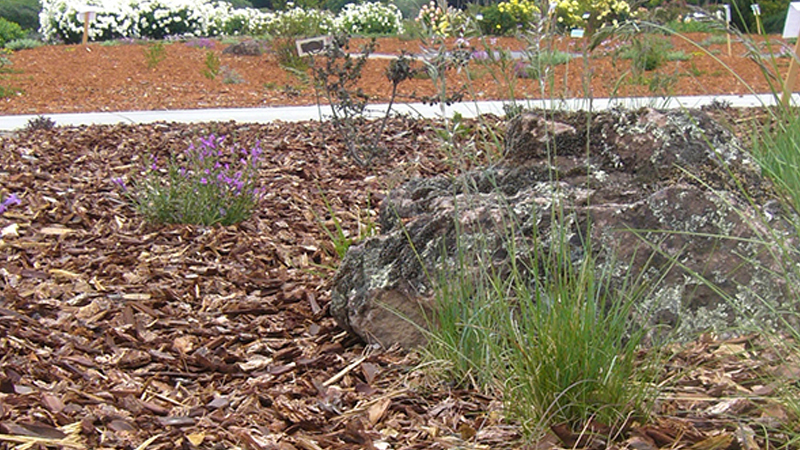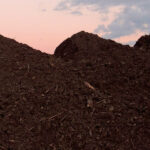The California Department of Water Resources’ (DWR) Model Water Efficient Landscape Ordinance (MWELO) sets standards for new development and retrofitted landscape projects with the intent to reduce the amount of water used for irrigation in the state. Originally created in 1992 as a guidance, the drought of 2014-2016 — considered the most widespread and severe water shortage since California became a state — led then Governor Jerry Brown to issue an Executive Order directing DWR to strengthen MWELO further. After public hearings, a third edition of MWELO was published, with changes effective in December 1, 2015. The revisions included, for new or rehabilitated landscapes, a requirement that “compost, at a rate of a minimum of 4 cubic yards (cy)/1,000 square feet of permeable area, shall be incorporated to a depth of 6 inches into the soil. Soils with more than 6 percent organic matter in the top 6 inches of soil are exempt from adding compost and tilling.”
At BioCycle’s WEST COAST18 Conference in March 2018, during a workshop titled, “Compost & Digestate Volumes Are Increasing — Are California Markets Ready?,” MWELO was recognized as a tool for compost market development, but one that wasn’t strictly enforced. Because California’s SB 1383 Short-Lived Climate Pollutants Reduction Act (currently in final rulemaking) requires compost and mulch procurement by jurisdictions, use of the ordinance may increase. In fact, Article 8 of SB 1383 requires the implementation of MWELO, notes the Association of Compost Producers. In addition to compost use in landscape soils, the MWELO statute requires that “a minimum three-inch (3″) layer of mulch shall be applied on all exposed soil surfaces of planting areas except in turf areas, creeping or rooting groundcovers, or direct seeding applications where mulch is contraindicated. To provide habitat for beneficial insects and other wildlife, up to 5% of the landscape area may be left without mulch. Designated insect habitat must be included in the landscape design plan as such.”












